When we think of LinkedIn, we usually connect with recruiters, apply for jobs, or follow people or companies whose work we admire. However, LinkedIn is also a great marketing channel, particularly for B2B businesses.
Effective LinkedIn marketing allows you to establish and grow your professional network, generate leads, improve brand awareness, share helpful content, and drive traffic to your website. Over the years, thousands of companies have harnessed LinkedIn to promote their products and services or find great employees.
It’s about time your company joined the ranks of businesses that use LinkedIn marketing to promote your business. This guide will show you how to master LinkedIn marketing.
Why use social media to promote yourself
You might be wondering why your brand needs to use social media as a promotional channel when other methods are available, such as outdoor advertising, TV ads, email marketing, SEO, or video streaming services. Whenever I encounter this question, I tend to ask back, “Where do people hang out nowadays?”
According to Statista, over 3.6 billion social network users worldwide as of 2020. That number is set to exceed 4 billion people in the next two years.
Source: Statista
If you want to reach your target audience, social media is the way to go. It’s not just popular now. It’s projected to grow even more in the coming years.
Aside from helping you reach as many eyeballs as possible, social media also helps your brand assume a human face. For example, you can use a LinkedIn business page to engage with your followers, build brand equity and establish a reputation as a business that cares about its customers. It is also an excellent marketing channel for individuals representing a company as well.
How LinkedIn can help
Most articles on social media marketing focus on the “Big Three”: Facebook, Twitter, and Instagram. These three platforms are great for business-to-consumer marketing. However, they are less effective for business-to-business marketing.
According to Kinsta, LinkedIn has almost 740 million users in 200 countries. It is the largest professional social media marketing channel. Over 55 million companies have a presence on the platform. If your social media marketing strategy consists of connecting with potential employees, you’d better be more active on LinkedIn.
Source: Neil Patel
Those stats are a powerful statement of the importance of LinkedIn as a marketing or hiring channel. However, to unlock all the advantages that LinkedIn marketing can offer, you need to do it the right way.
1. Set SMART Goals for Your Marketing
Before you set up you implement your LinkedIn strategy, you need to define your goals. Are you planning to use your company or personal profile to recruit new talent, connect with your audience, promote new products, or all of the above?
The goals you set for yourself or the company should be SMART. By that I mean, Specific, Measurable, Achievable, and Time-based. Let me give you an excellent example of a SMART goal for LinkedIn marketing:
- Find 20l prospects a month for a new position
That goal hits all the prerequisites of a SMART target.
Source: GHCC
Once you’ve defined your goal, you should set your sub-goals. These are the goals that you need to hit to achieve your overarching target. Let me provide some hypothetical sub-goals for the example above.
- Identify 100 potential candidates.
- Schedule interviews with 60 candidates.
- Shortlist 20 candidates.
With your sub-goals, you are working on the assumption that you will find 20 candidates for a job if you completed those sub-goals. You need to create relevant sub-goals that help you achieve your overall target.
2. Define Your Target Audience
Your LinkedIn marketing strategy should also consider the demographics of the audience you’re trying to reach on the platform. If you are not clear on your target audience, consider creating a customer persona.
An employee persona is a semi-fictional representation of your ideal hire. The persona will include demographic information about the type of person you want to connect with, their interests, pain points, job title, and other factors.
Source: 99 Designs
The image above is a nice visual representation of an employee persona. You can see it includes plenty of information about an ideal employee.
Creating a persona will ensure you have something to reference when creating your content marketing plan, creating content, or optimizing the copy you use on your page or bio. You must do this. The better your content fits your persona’s needs, the more effective your LinkedIn marketing.
3. Conduct Competitor Analysis
Part of the preparatory work for your LinkedIn marketing campaign should be competitor analysis. Create a list of your biggest competitors. Once you’ve made your list, have a look at their business page, and review how people in a similar position to yourself at these companies are using LinkedIn.
Competitor analysis doesn’t mean you’ll copy whatever they do – instead, you’ll check what works and what doesn’t, then use your observations to shape your strategy. Let me give you an example.
If the company I was working for were competing with Microsoft, I’d do a quick review of its company page. I’d then look at the content they are producing, the format, and what posts are getting the most engagement.
An in-depth analysis of your biggest competitors and their brand identity can provide a lot of valuable insights. You can utilize those insights as you design your LinkedIn marketing strategy.
4. Optimize Your LinkedIn Profile Page
The final thing you should do before kicking off your LinkedIn marketing campaign is to optimize your personal or LinkedIn business page. There are various things to consider when optimizing your LinkedIn profile. Firstly, you should consider what keywords are important for your business.
For example, if you wanted to turn up in the search results for “endpoint protection platform,” you should include those keywords in your profile. It just makes sense.
In addition to ensuring that you include relevant keywords in your profile, you should consider the bio copy. I recommend you review the bios of a few of your competitors, or if you’re optimizing your personal profile, influencers in your niche.
For example, as someone interested in digital marketing, I might look to Neil Patel for inspiration. He’s a clever guy. Perhaps he has spent a lot of time optimizing his profile.
My LinkedIn profile won’t have as many eyebrow-raising highlights as Neil. Still, there’s stuff here that I could use as inspiration for my LinkedIn profile.
In addition to creating a great bio, you should ensure you’re using professional images for your profile. After all, you want to create the best first impression when a potential client, or an influencer in your sector, encounters your company or personal profile.
5. Determine How to Grow Your Network
Once you’ve optimized your profile, you’ll be almost ready to start your LinkedIn marketing campaign. The final step you need to take is to determine how you will grow your network. There are two main ways to grow your audience:
- Publish Regular Content: It’s easy to publish regular content on LinkedIn. However, you can’t be sure that your target audience will see or engage with your content.
- Make Professional Connections: Connecting with a large audience of prospective customers will take time. You need to build a list of prospects and send connection requests. However, you know that the people you are connecting with fit your employee persona.
Ideally, your LinkedIn marketing strategy should incorporate a targeted outreach strategy to not leave audience growth to chance and an active posting strategy. Creating a regular publication schedule is quite straightforward, so I’ll leave that to one side for the time being.
Growing your professional network on LinkedIn is also straightforward. However, a lot of people get this wrong.
Review your persona, and use these insights to create a list of firms where you’d like to make a connection. You can use tools like Google My Business to find relevant firms or create your shortlist from a site like the Inc 5,000. It all depends on the type of businesses you are targeting.
Once you’ve created your list, you need to identify who in the company you should target. Thankfully, searching for people on LinkedIn is straightforward.
- Search for the name of the company on LinkedIn
- Look up the position of the person you want to target
- Send your connection request
Over time, LinkedIn will restrict what you can see when you do searches through LinkedIn. They want you to upgrade to LinkedIn Premium.
There’s an easy workaround, though, if you want to avoid paying this fee. Simply head over to Google and search for: site:LinkedIn COMPANY NAME POSITION.
Replace the company name and position as appropriate. In the example above, I searched for “Microsoft Marketing Manager.” I don’t think this hack will ever stop working because LinkedIn wants Google to index user profiles.
I recommend saving all of this information in a Google Sheet. It’s also a good idea to collect the contact information for each person. You can use an email finder to get their address. There are a lot of great email finders on the market.
6. Create a Content Marketing Strategy
The final part of your LinkedIn marketing campaign involves engaging with your growing audience. You’ll need to create content to share with your connections. Creating content to share on LinkedIn is straightforward. Creating content that people find engaging is a lot harder.
Through your competitor analysis, you should have familiarized yourself with content your target audience finds interesting. You Should use those insights for inspiration.
Make sure to use a variety of content types. LinkedIn allows you to create slideshows, videos, blog posts, as well as regular updates. Varying the format will keep things interesting for your audience.
It’s a good idea to use a content calendar (perhaps in conjunction with some process automation) to plan the type of information you want to share/ post. Planning your content will allow you to source the right images, write good-quality articles, and edit them according to your audience’s needs.
Finally, be sure to engage with content created by other people in your network. React to posts, and leave insightful comments. After all, the idea of a social network is to utilize the platform to make and develop connections with your audience.
4 LinkedIn Marketing Strategies To Try
In the first half of this guide, I shared a step-by-step LinkedIn marketing strategy. You can follow the four points listed above to define your audience, learn from your competition, optimize your profile, and grow your audience.
In the following paragraphs, I’ll share a few LinkedIn marketing tips. You can use some of these insights as you run your LinkedIn marketing campaign.
Create posts featuring visual content
Regardless of what social network you’re posting on, visual content tends to generate more engagement. People find visual content engaging on LinkedIn as well. According to one survey, LinkedIn posts that had images received 98% more user comments than text-only posts.
However, not all images generate the same amount of engagement. Original images spark more interest compared to stock images. It’s also better for your brand, especially if you feature your company’s employees instead of using stock photos to represent your company. Potential customers value authenticity, and they can tell right away if you’re using stock imagery.
Aside from images, video content is also very effective in attracting traffic to your page. Just like Facebook, LinkedIn auto-plays videos as users scroll down. This behavior helps videos grab the audience’s attention fast. Consider adding closed captions to your videos.
Captions grab the attention of people scrolling through their timelines. You can see how Dyson uses this approach with its paid ads.
Here’s another tip: LinkedIn says you can’t share an image and a URL link simultaneously. For this reason, upload your featured image first and publish your post. Then post the external link in the first comment.
Post Content At the Best times
You should post content regularly on LinkedIn. According to a LinkedIn survey, the brands that post one time in a month get six times as many followers as those that don’t even post once. Those companies or brands that post weekly have a higher engagement level, and brands that post daily have the best engagement ratio.
Source: SproutSocial
Alongside posting content regularly, it’s important to post content at the best time of day. The image above provides a nice snapshot of when you should post content.
Essentially, the best times of day to post content are around the morning and evening commutes and when people are taking a break. That tends to be around lunchtime and then early afternoon when people need a break.
Use LinkedIn Endorsements
Endorsements help you to understand and recognize the skills of people within your network. It’s a good idea to try to collect endorsements from people in your network. Ask for feedback from colleagues and clients.
You should also be willing to provide endorsements to people in your network. Providing an endorsement is a way of showing that you value the business connections. It is a great way to get someone’s attention, and this helps a lot in marketing.
Join LinkedIn Groups
LinkedIn Groups are a great way to connect with people interested in your industry. Relevant groups can serve as a hub for you and the other LinkedIn members to share content and boost awareness about the company or brand.
There are also other associated benefits from joining LinkedIn groups. For example, participating in group discussions is a way of establishing yourself as a thought leader.
Evaluate LinkedIn Marketing Performance
At the beginning of this guide, I emphasized the importance of setting SMART goals for your LinkedIn marketing campaign. As you run your campaign, it’s important to review your progress against these benchmarks periodically.
Your evaluation is a chance to analyze what you are doing right and where problems lie.
There are various methods for assessing the success of your campaign. LinkedIn has page analytics that are in-depth and awesome reporting tools to evaluate its overall performance. Specific data is available to gauge the status updates’ effectiveness, content and reach, engagement with the followers, and the page’s reach.
Source: Loomly Blog
By understanding all these relevant data, you will know how your company’s marketing ideas are performing. The analytics will also help you understand whether you need to change or adjust them for the company or the brand you are promoting.
In addition to LinkedIn, you might use other data points to assess your campaign. For example, Google Analytics data or information from your CRM.
Conclusion
There are a lot of LinkedIn marketing techniques available for users. In this guide, I walked you through how to run an effective LinkedIn marketing strategy. An effective LinkedIn marketing strategy should start with clear goals, competitor analysis, and the creation of a marketing plan.
Once you’ve defined your goals and target audience, you need to grow your network and start posting content. Hopefully, by following the tips outlined in this guide, you will be in a great position to utilize LinkedIn to achieve your marketing goals.

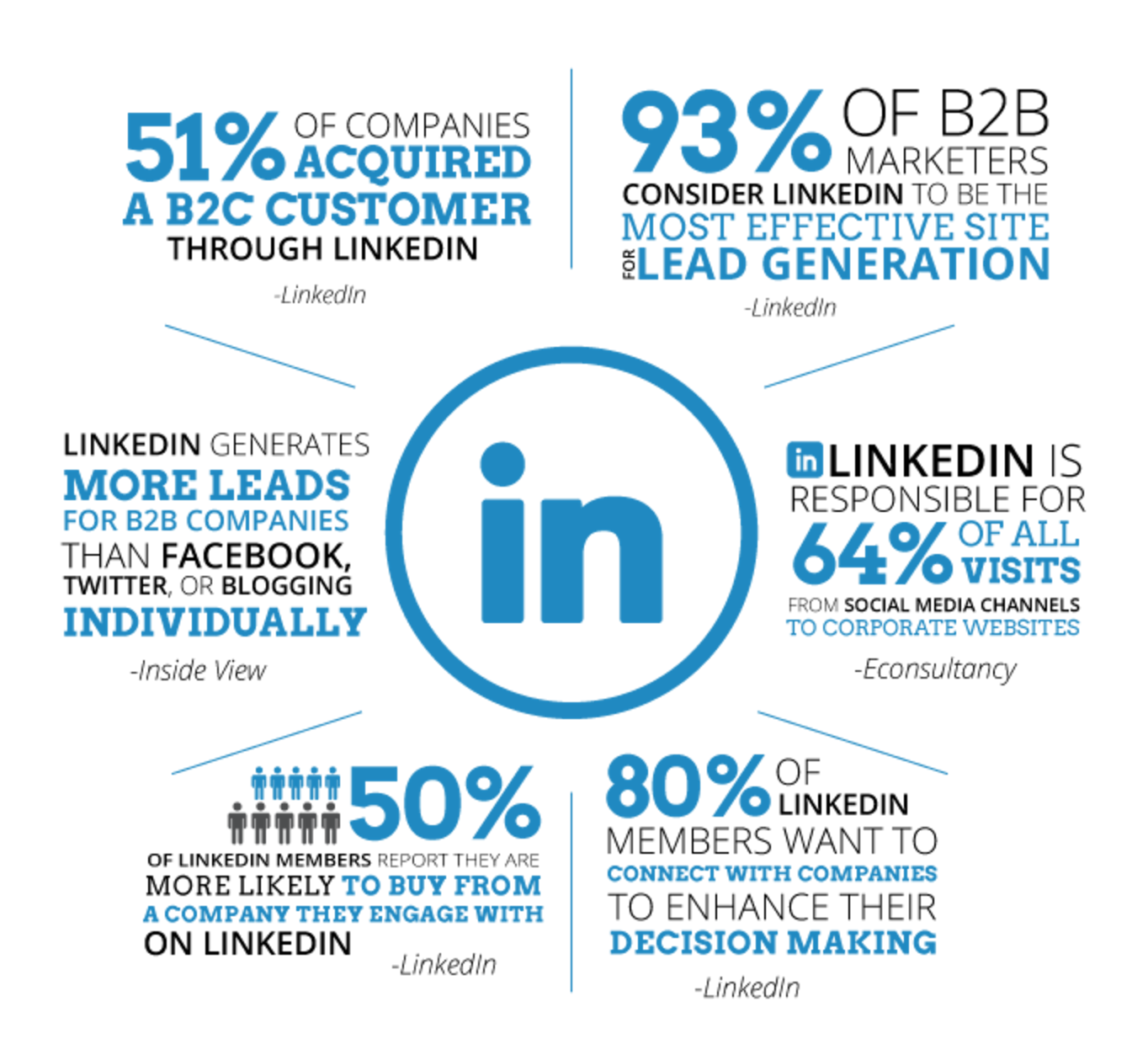

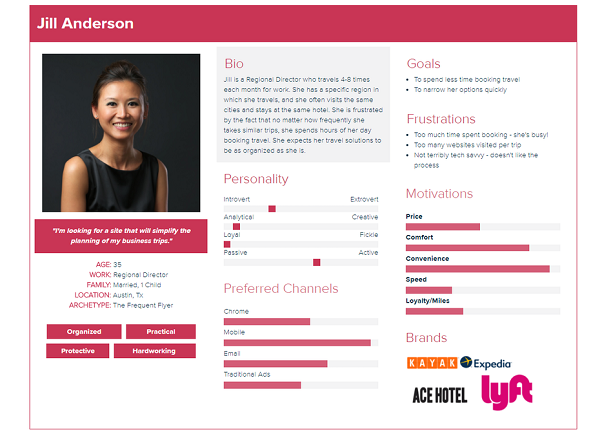


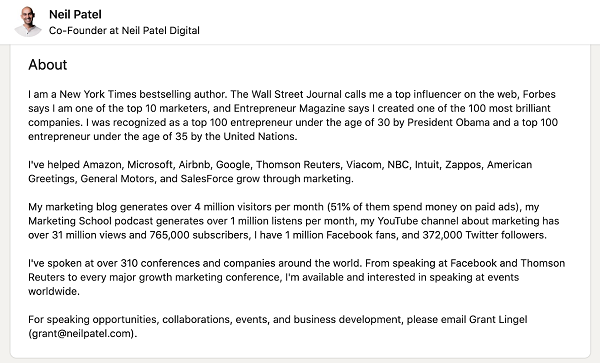
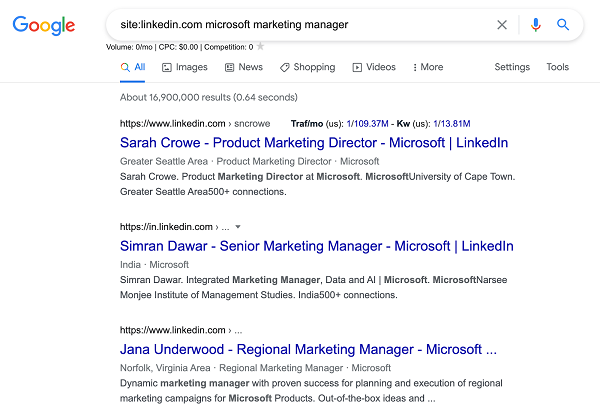

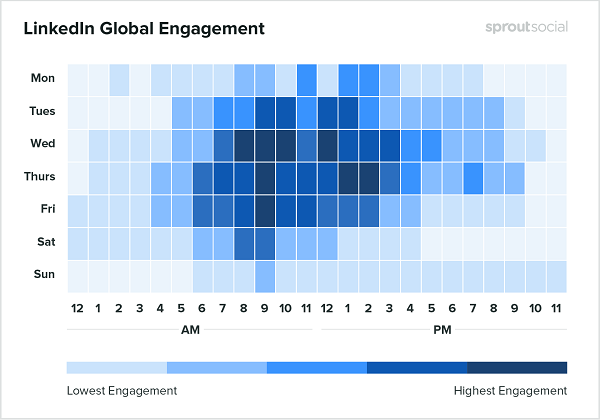
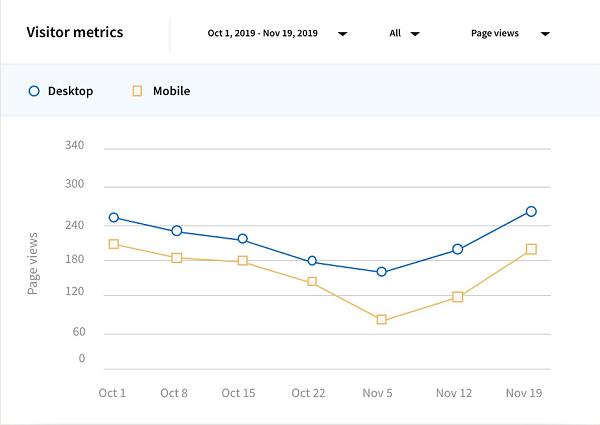





Leave A Comment